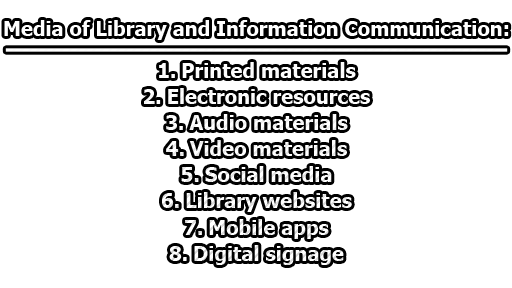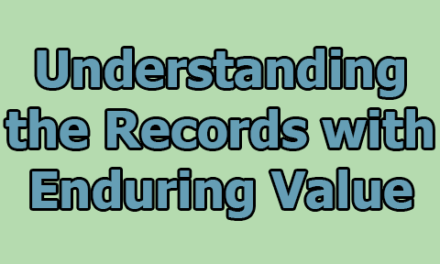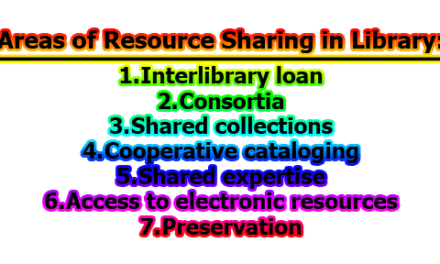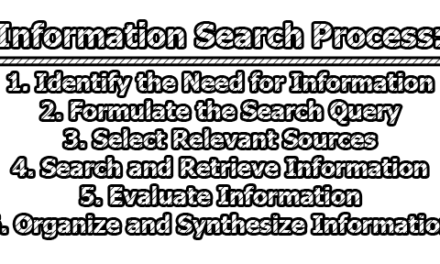Media of Library and Information Communication:
Libraries are an essential component of any society, providing access to information and resources that support lifelong learning, research, and knowledge dissemination. However, in today’s digital age, libraries have expanded beyond their traditional roles, becoming centers for information and communication technologies that serve diverse communities. In this context, the media of library and information communication have become crucial tools for promoting access to information and knowledge. Here are some examples are given below:
- Printed materials: Printed materials include books, newspapers, magazines, journals, and other publications. Libraries collect and provide access to printed materials that are relevant to their users’ needs.
- Electronic resources: Electronic resources include databases, e-books, e-journals, and other digital materials. Libraries provide access to these resources through their websites and online catalogs.
- Audio materials: Libraries may also provide access to audio materials, such as audiobooks, podcasts, and recordings of lectures or events.
- Video materials: Libraries may also provide access to video materials, such as documentaries, educational videos, and recordings of events.
- Social media: Libraries use social media platforms such as Facebook, Twitter, and Instagram to communicate with their users and promote library resources and services.
- Library websites: Library websites provide information about library resources, services, and events. They may also include online catalogs, digital collections, and research guides.
- Mobile apps: Many libraries have developed mobile apps that allow users to access library resources and services using their smartphones or tablets.
- Digital signage: Libraries use digital signage to display information about library events, services, and resources. Digital signage may also include announcements and reminders.
Overall, the media used in library and information communication are diverse and constantly evolving. Libraries must keep up with the latest trends and technologies to effectively communicate with their users and provide access to relevant resources and services.

Assistant Teacher at Zinzira Pir Mohammad Pilot School and College










